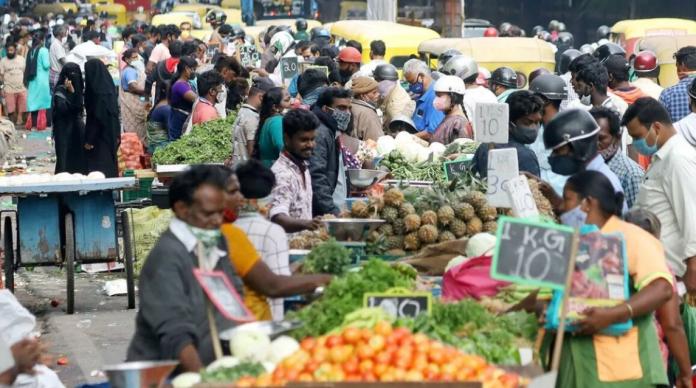India’s Wholesale Price Index (WPI) inflation recorded an increase to 2.38% in February 2025, up from 2.31% in January 2025, marking a slight upward trend in wholesale inflation. The month-on-month (MoM) change in WPI for February stood at 0.06%, reflecting a marginal rise in overall wholesale prices across various sectors.
Key Factors Behind the Rise in WPI Inflation:
- Fuel and Power Prices: A rise in global crude oil prices and domestic fuel rates contributed to the increase in inflation within this category.
- Manufactured Goods: The prices of essential manufactured items, such as textiles, food products, and metal goods, experienced an upward trend, impacting overall inflation.
- Food Prices: Although food inflation remained relatively stable, certain perishable items like vegetables, dairy, and pulses saw price fluctuations, influencing wholesale inflation.
- Primary Articles: Prices of raw materials, including agricultural and non-agricultural commodities, played a crucial role in the slight increase in WPI inflation.
Month-on-Month Comparison:
- In January 2025, WPI inflation stood at 2.31%, while in February 2025, it marginally increased to 2.38%, showing a 0.06% month-on-month rise.
- The slight increase suggests moderate price pressure across different wholesale market sectors.
Implications of Rising WPI Inflation:
- Impact on Businesses: Higher wholesale inflation may lead to increased input costs for industries, affecting pricing strategies and profit margins.
- Consumer Prices (CPI Effect): Though WPI directly tracks wholesale prices, a prolonged increase could contribute to higher retail inflation (CPI), impacting consumers.
- Policy Considerations: The Reserve Bank of India (RBI) closely monitors inflation trends while making monetary policy decisions. A consistent rise in WPI may influence future interest rate policies.









